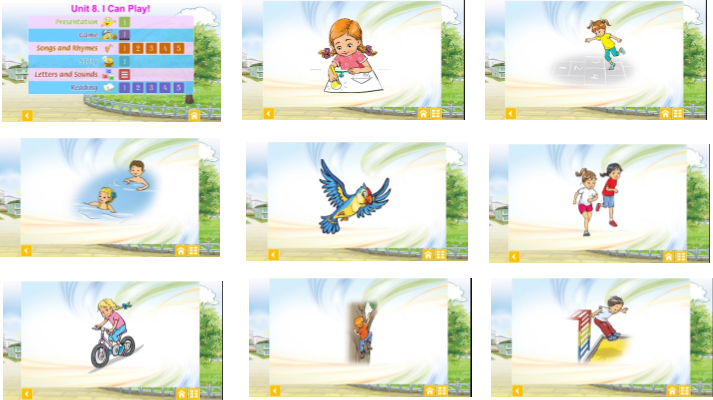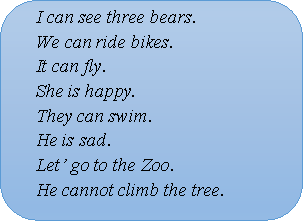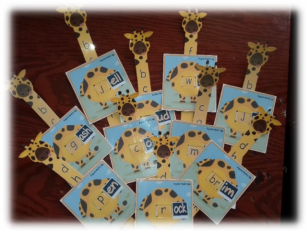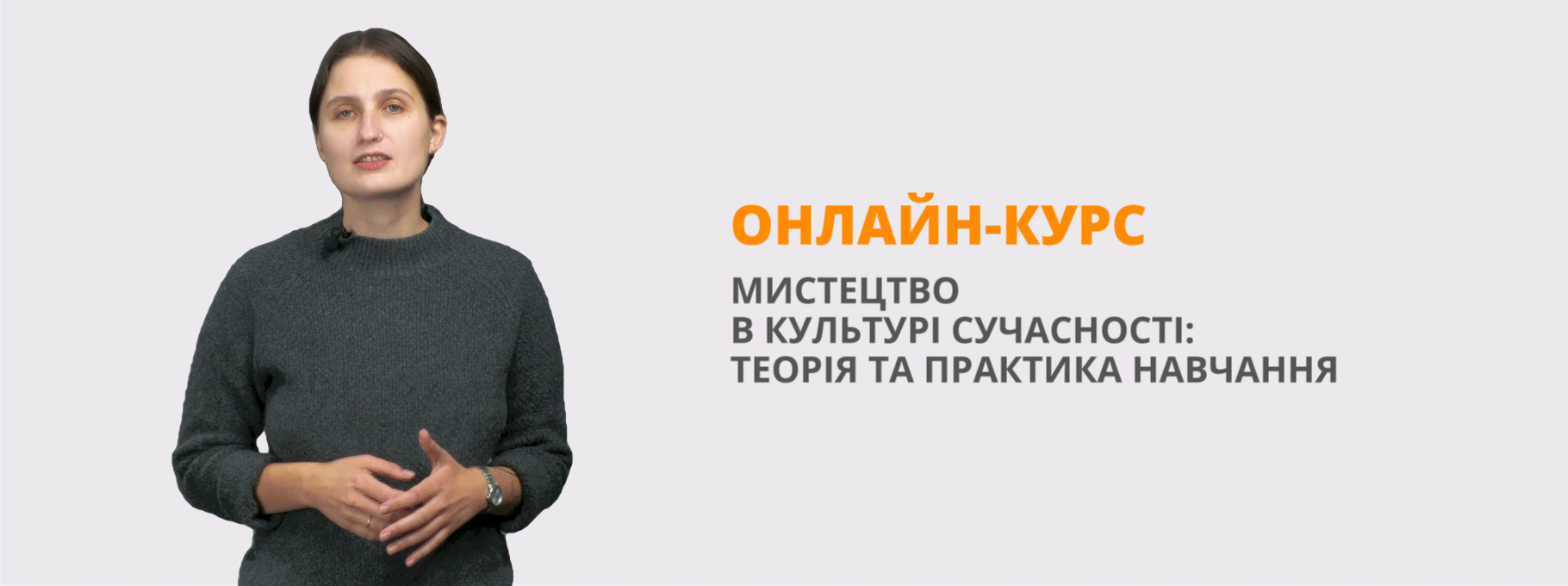Урок 1 кл "My free time" до підручника Карпюк
Theme: My free time
Topic: I can play
Form: 1
Aim:
- to review previously taught vocabulary (fly, ride a bike, climb a tree, sing, swim, jump, run, hop, play football, draw, happy, sad)
- to enable the learners to practice the structure “I/ he/ she/ we can… I/ we/ she/ he can’t….”
- to practice blending words with short vowels a [æ], u [Λ ], e [e], i [ i], o [o]
Lesson equipment: textbook “English with Smiling Sam 1” O. Karpuk, activity book, lexical flashcards, Multimedia Programme video and audio material.
Learning outcomes: by the end of the lesson pupils will be able to:
- speak about Zoo animals and pets;
- read CVC words with short vowels.
Procedure
- Organization
- Greeting
T: Good morning children! I’m glad to see you! How are you today? Please use your Lego and show me.
wonderful so-so bad

T: Let’s greet one another with our favourite song “If you’re happy”.
https://www.youtube.com/watch?v=l4WNrvVjiTw
T: I hope your mood will be wonderful at our English lesson.
- Warming-up
T: We start our lesson with revising the vocabulary of the unit. Please watch the screen and listen to the presentation.
 Multimedia Programme Unit 8 -Presentation
Multimedia Programme Unit 8 -Presentation
T: Well. I turn off the volume and your task will be to say about the action in the pictures using the phrase “I can…” or “We can…”
- Aim.
T: You have learned a lot during this year. We started from the alphabet. And now you can answer the questions and know lots of words, and you’ve even learned how to read. So it’s time to show the results of our great work. Today we’ll speak about zoo animals and what they can do. You’ll practice in reading words with short vowels.
The basic part of the lesson
- Listening
T: Open your books on page 104. Look through the exercise 1. You are going to listen to an audio and say the number of the picture. (Audio 1)

T: Listen one more time and repeat all together.
- Relaxation
T: Stand up, pupils. Let's have a rest and sing the song “I can…”
https://www.youtube.com/watch?v=-yedDU3ywAM
- Speaking
T: How do you think what our animals can do?
(Ps: They can run. They can fly and jump.)
T: You are absolutely right. But I think than not every animal can fly. Let’s discuss this. Have a look at the animals in exercise 2 on page 104. Think what they can do.
- Reading.
T: Tell me please where all these animals live?
P1: At the zoo.
T: And who has the longest neck?
P2: It’ s a giraffe.
 T: Great. Now everyone will choose 2 giraffes. You’ll read the words on the neck and it will become longer and longer.
T: Great. Now everyone will choose 2 giraffes. You’ll read the words on the neck and it will become longer and longer.
- Relaxation
T: Stand up, pupils. Let's have a rest.
One, one, one, little dogs run.
Two, two, two, cats see you.
Three, three, three, birds in a tree.
Four, four, four, rats on the floor.
- Revision the material
T: Now open your activity books on page 83. Take your pencils. Look at the pictures and think whether they can or can’t do the activity that is showed. If children can do the activity, draw a happy face near the picture. And vice versa, if he/ she can’t do the activity then draw a sad face.
- The final part of the lesson
13) Summarizing
T: Today you’ve worked very hard.
What have we done today? (We’ve revised action words and said what animals can do and what they can’t do. We’ve read “giraffes” words.) And how are you now? I hope you are happy. Please use your Lego and show it to me.
T: That’s all for today. Be happy all the time. Our lesson is over. See you next time. Goodbye, children.
Cписок використаних джерел
- Типова освітня програма розроблена під керівництвом О.Я. Савченко (за новим Державним стандартом початкової освіти затверджений Постановою КМУ від 21 лютого 2018 року № 87)
- “English with Smiling Sam 1”: підруч. для 1-го кл. закладів загальної середньої освіти (з аудіосупроводом). О.Д. Карпюк – Тернопіль.: «Астон», 2018. – 112 с.
- “English with Smiling Sam 1”: робочий зошит для 1-го кл. закладів загальної середньої освіти (з аудіосупроводом). О.Д. Карпюк – Тернопіль. : «Лібра Терра», 2018. – 96 с.
- Мультимедійна інтерактивна програма на сайті за адресою:
http://en1.ilesson.com.ua
- Інтернет ресурс https://www.youtube.com/watch?v=l4WNrvVjiTw
- Інтернет ресурс https://www.youtube.com/watch?v=-yedDU3ywAM


про публікацію авторської розробки
Додати розробку
